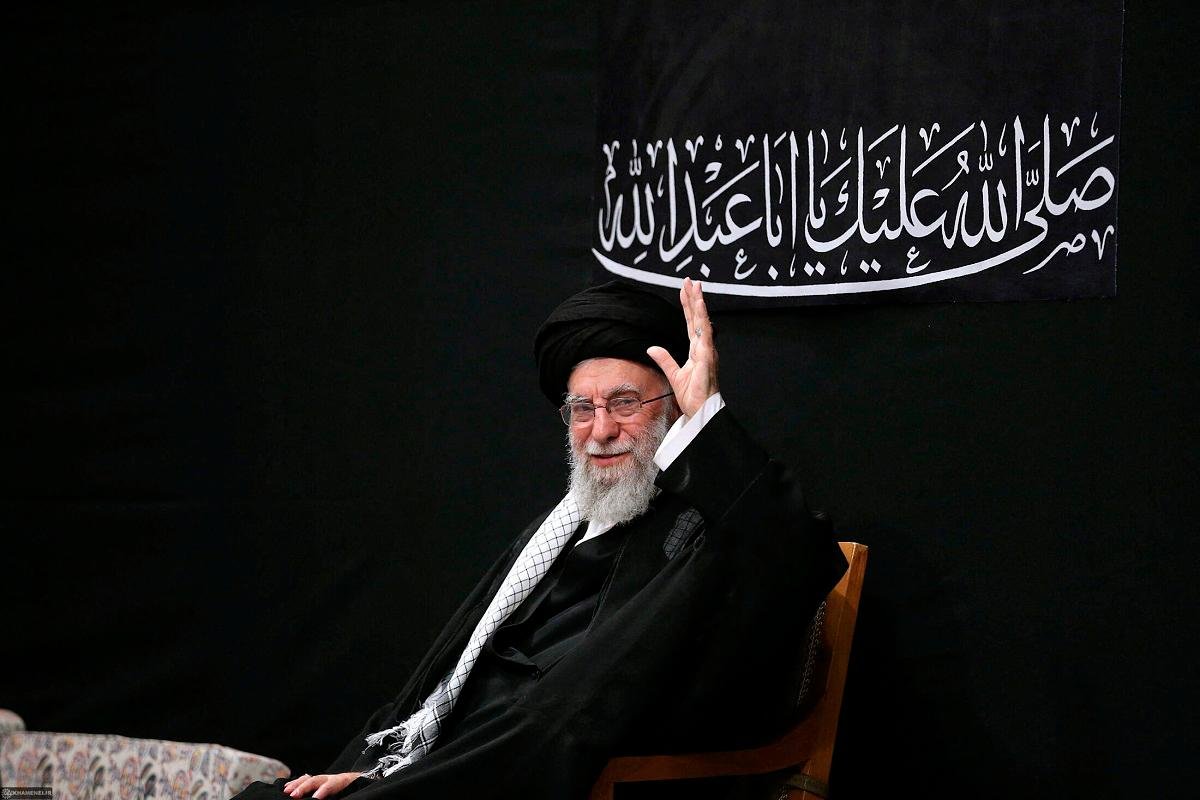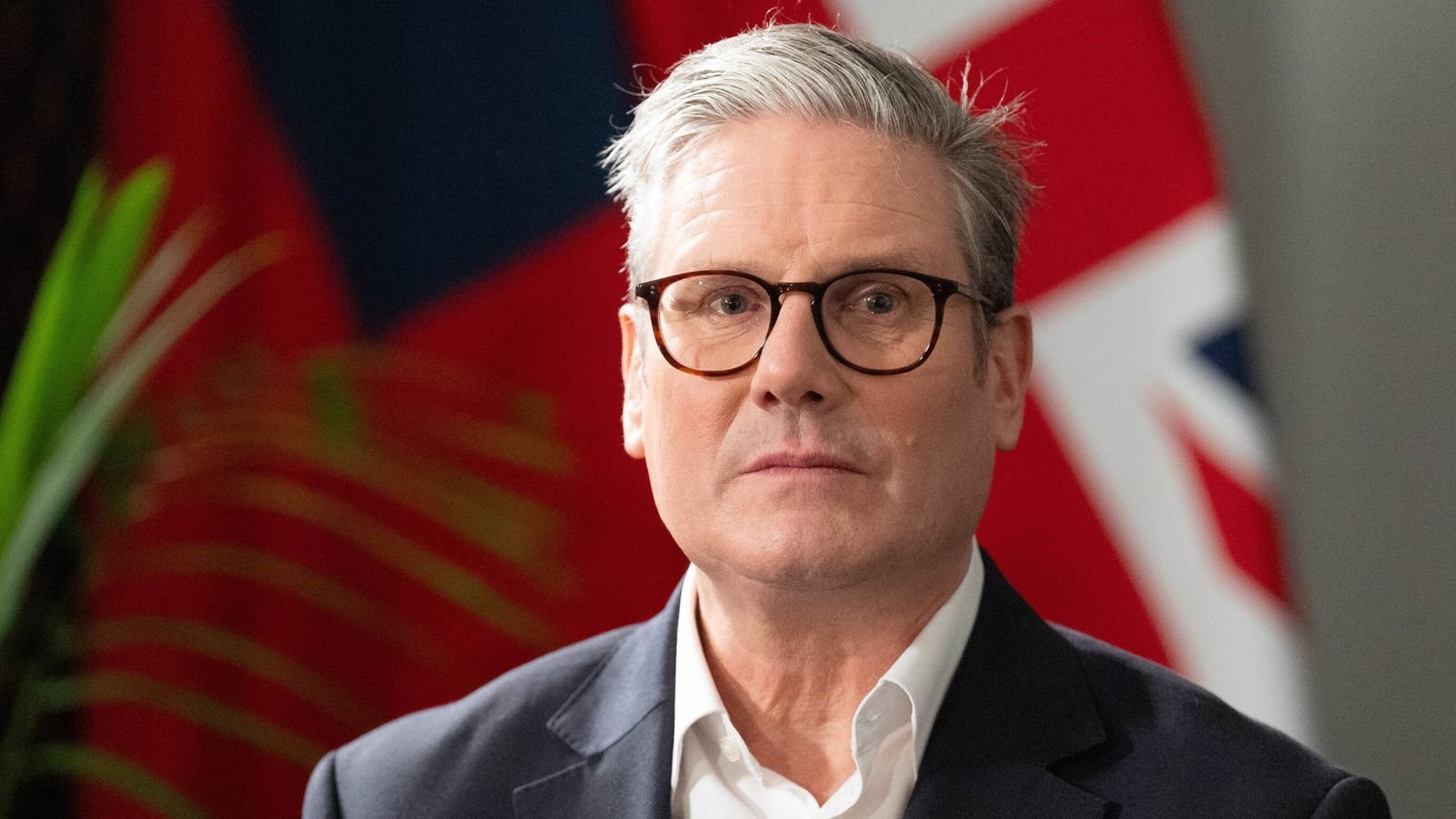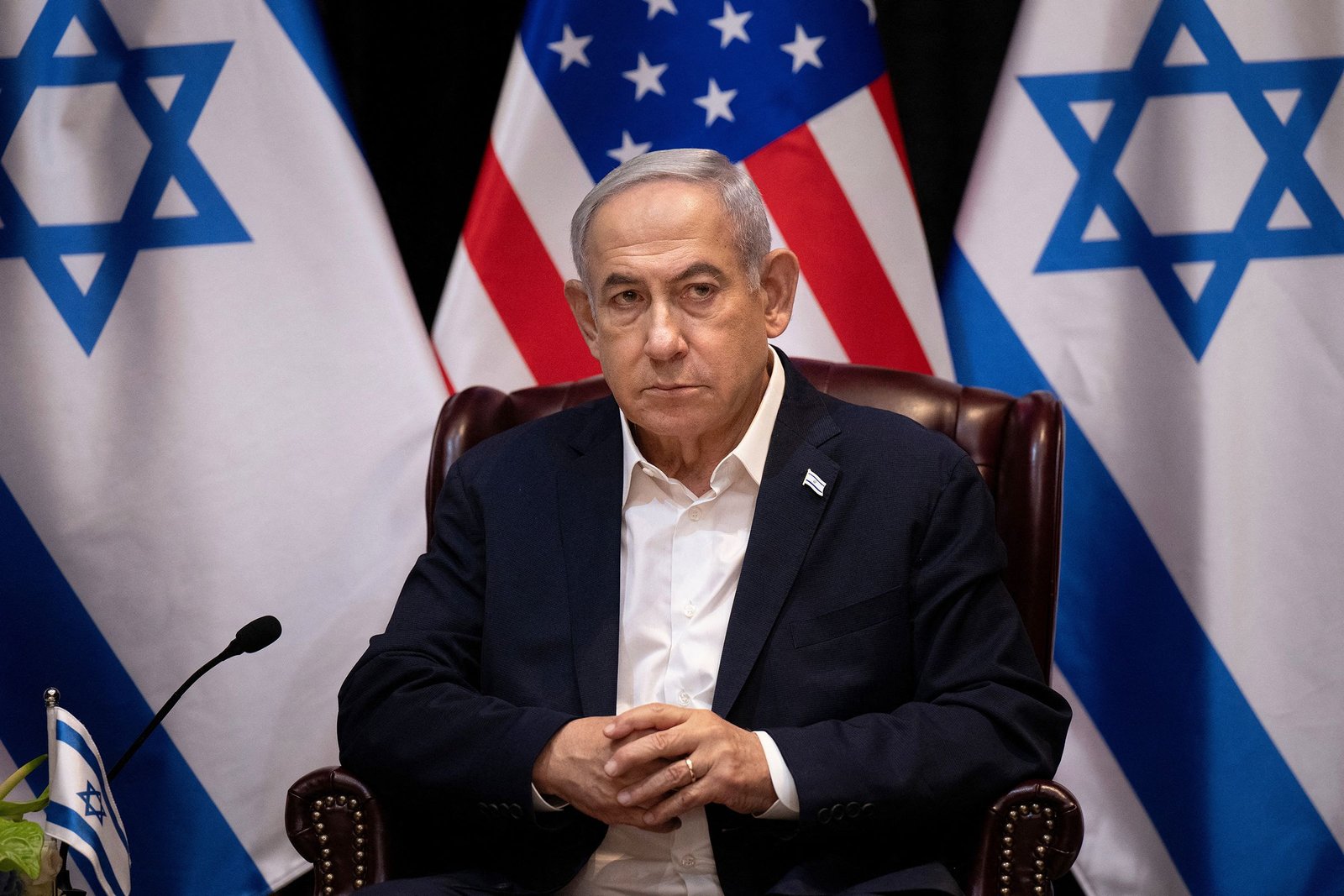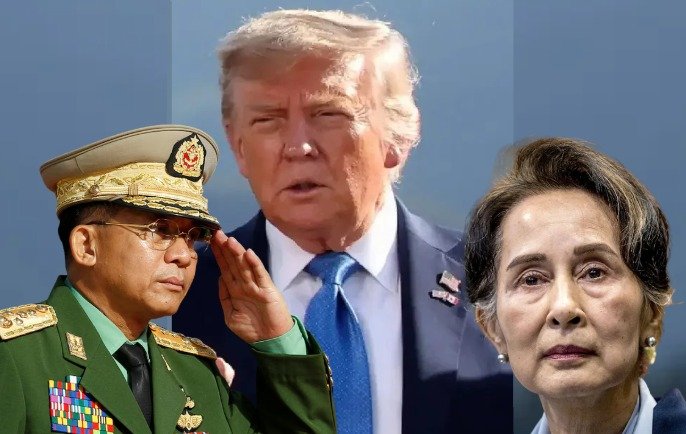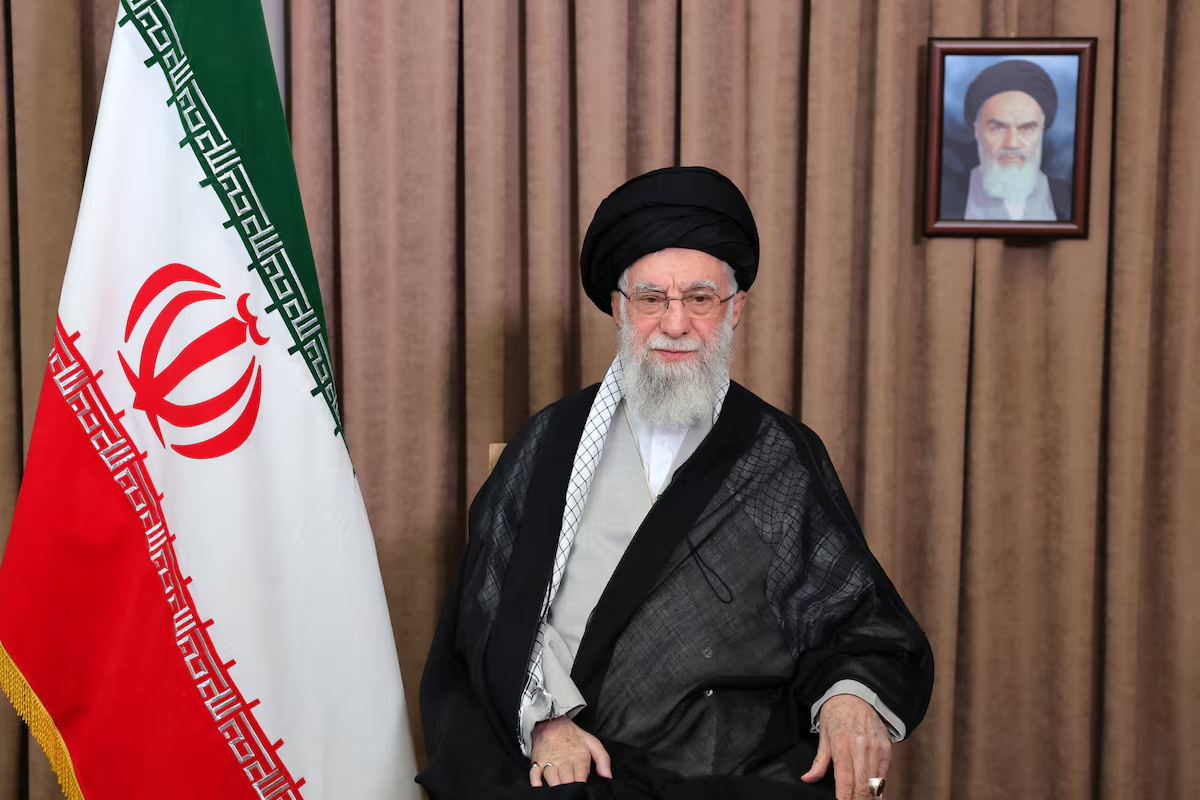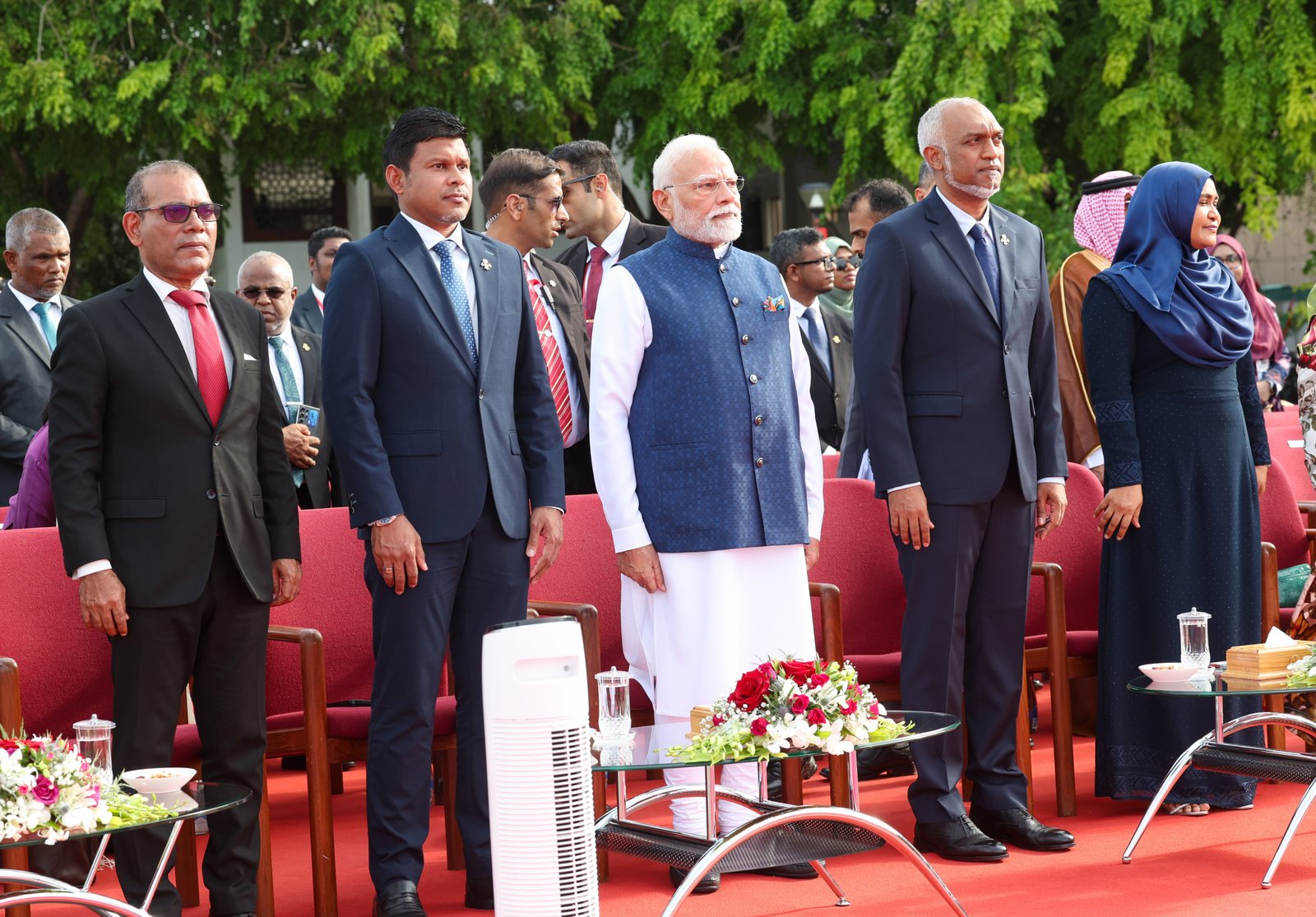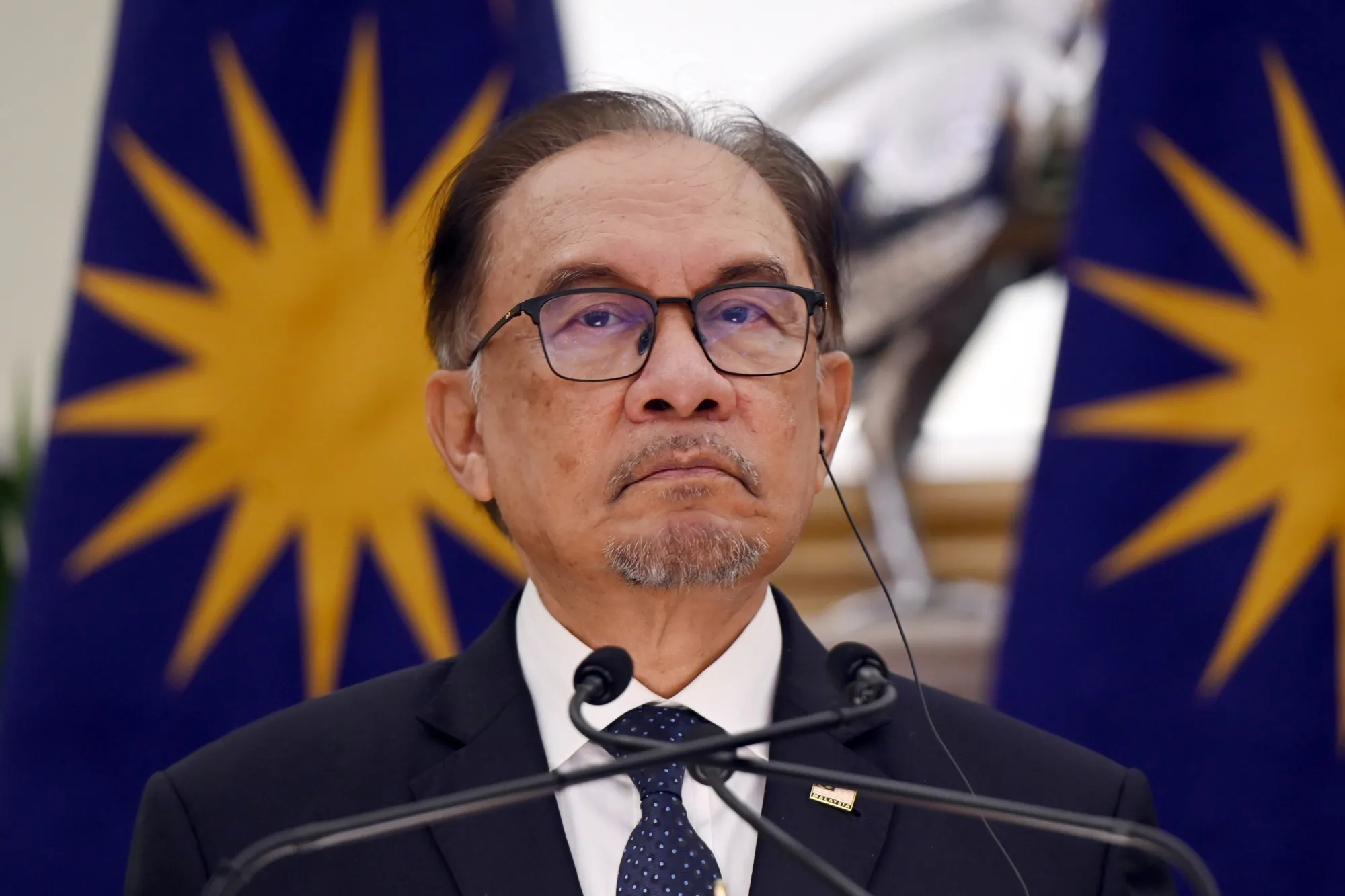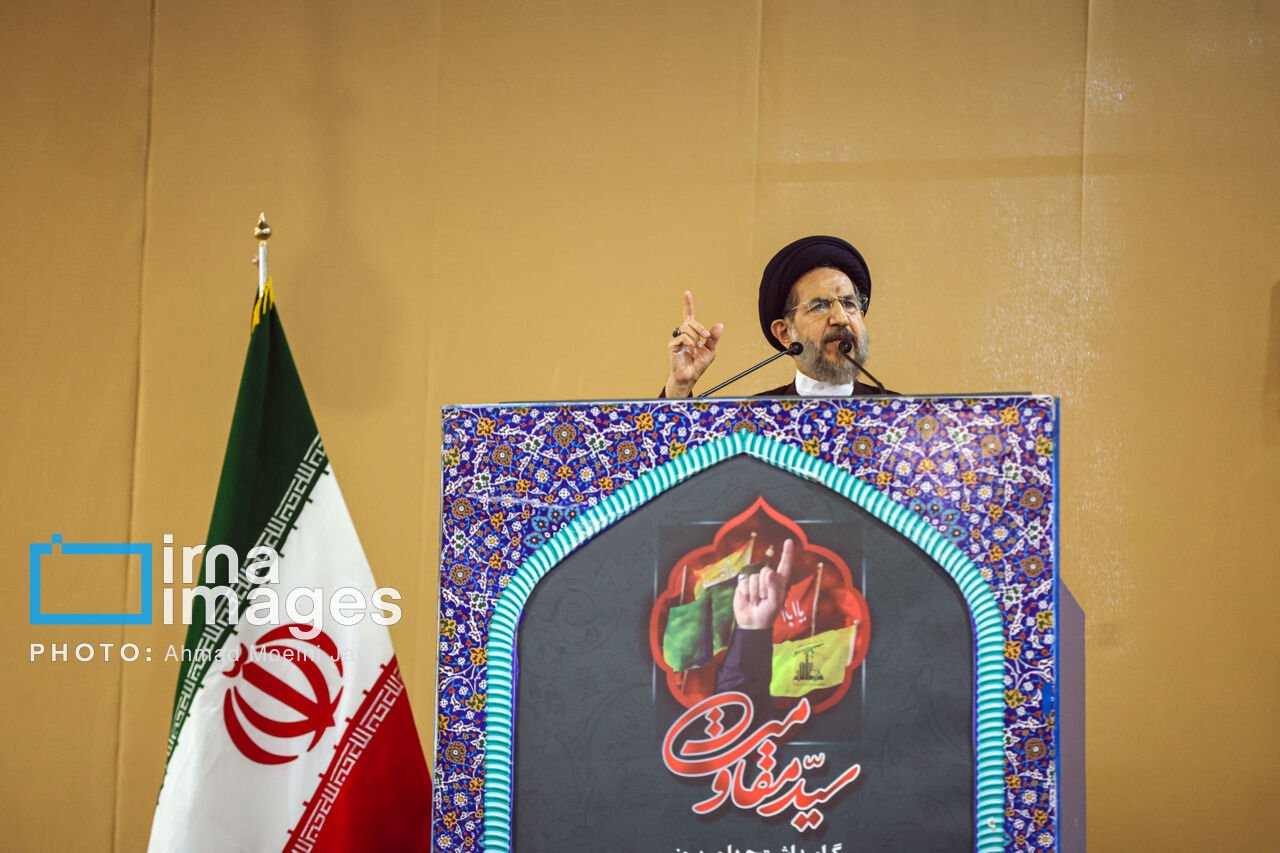Iran’s Supreme Leader Ayatollah Khamenei appears in public for the first time since Israeli aggression, on occasion of Ashura
For the first time since the 12-day Iran-Israel conflict, Iran’s Supreme Leader Ayatollah Ali Khamenei appeared in public on Saturday. He attended a mourning ceremony at the central Imam Khomeini Mosque in Tehran, marking the day of Ashura.
Iran’s Supreme Leader Ayatollah Khamenei appears in public for the first time since Israeli aggression, on occasion of Ashura
Iran’s Supreme Leader Ayatollah Khamenei appears in public for the first time since Israeli aggression, on occasion of Ashura
[Tehran, Iran | July 6, 2025]
For the first time since the 12-day Iran-Israel conflict, Iran’s Supreme Leader Ayatollah Ali Khamenei appeared in public on Saturday. He attended a mourning ceremony at the central Imam Khomeini Mosque in Tehran, marking the day of Ashura.
State television footage showed the 85-year-old Khamenei waving and nodding in response to the crowd.
First Public Appearance After 24 Days
Since the outbreak of conflict with Israel on June 13, Khamenei had not appeared in public. During the clashes, all his statements were delivered through pre-recorded messages. His reappearance on the symbolic day of Ashura is seen as a morale boost and a symbol of resilience for the Iranian people.
U.S.-Israel Threats and Attacks
During the conflict, the United States, in coordination with Israel, carried out bombing raids on three major Iranian nuclear facilities.
U.S. President Donald Trump wrote in a social media post at the time:
“We know where Khamenei is, though we have no immediate plans to eliminate him.”
In response, Khamenei, in a pre-recorded speech on June 26, rejected Trump’s calls for surrender, saying:
“We slapped America in the face by striking its base in Qatar.”
Trump later replied:
“You are a respected religious leader, but frankly—you got hit, and hard.”
Ceasefire and the Aftermath
Though the Iran-Israel conflict ended with a ceasefire on June 24, the damage was extensive.
Iran reported over 900 fatalities and thousands injured.
In retaliation, Iranian strikes killed 28 people in Israel.
Iran’s nuclear sites sustained major damage, and the country has yet to grant the International Atomic Energy Agency (IAEA) access for inspections.
Nuclear Program and Global Concern
IAEA inspectors were present in Iran during the war, but last week, President Masoud Pezeshkian signed legislation suspending cooperation with international observers. The IAEA delegation subsequently left the country.
IAEA Director General Rafael Grossi stated on Friday:
“It is urgent to reengage Iran in dialogue and resume monitoring of its nuclear program.”
Meanwhile, Iranian Foreign Minister Abbas Araghchi declared:
“Iran remains committed to the Nuclear Non-Proliferation Treaty (NPT) and has not decided to withdraw from it.”
Context: JCPOA and Geopolitics
The Israeli attacks began while Iran and the U.S. were engaged in negotiations to revive the 2015 nuclear agreement (JCPOA). The Trump administration withdrew from the deal in 2018, and both sides have


